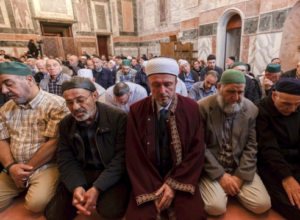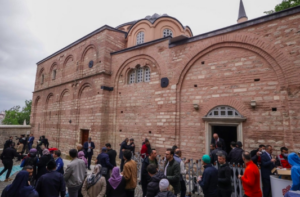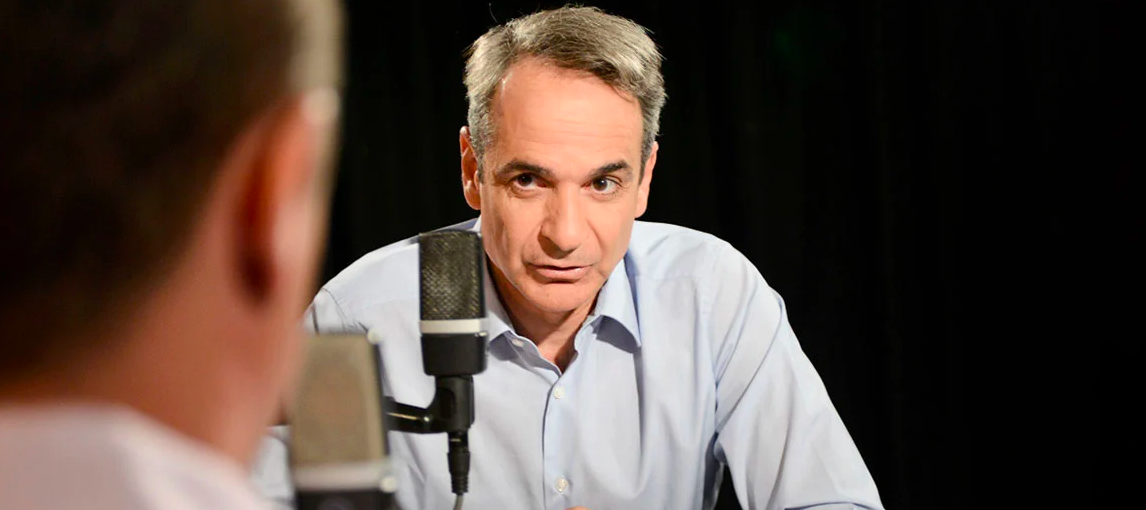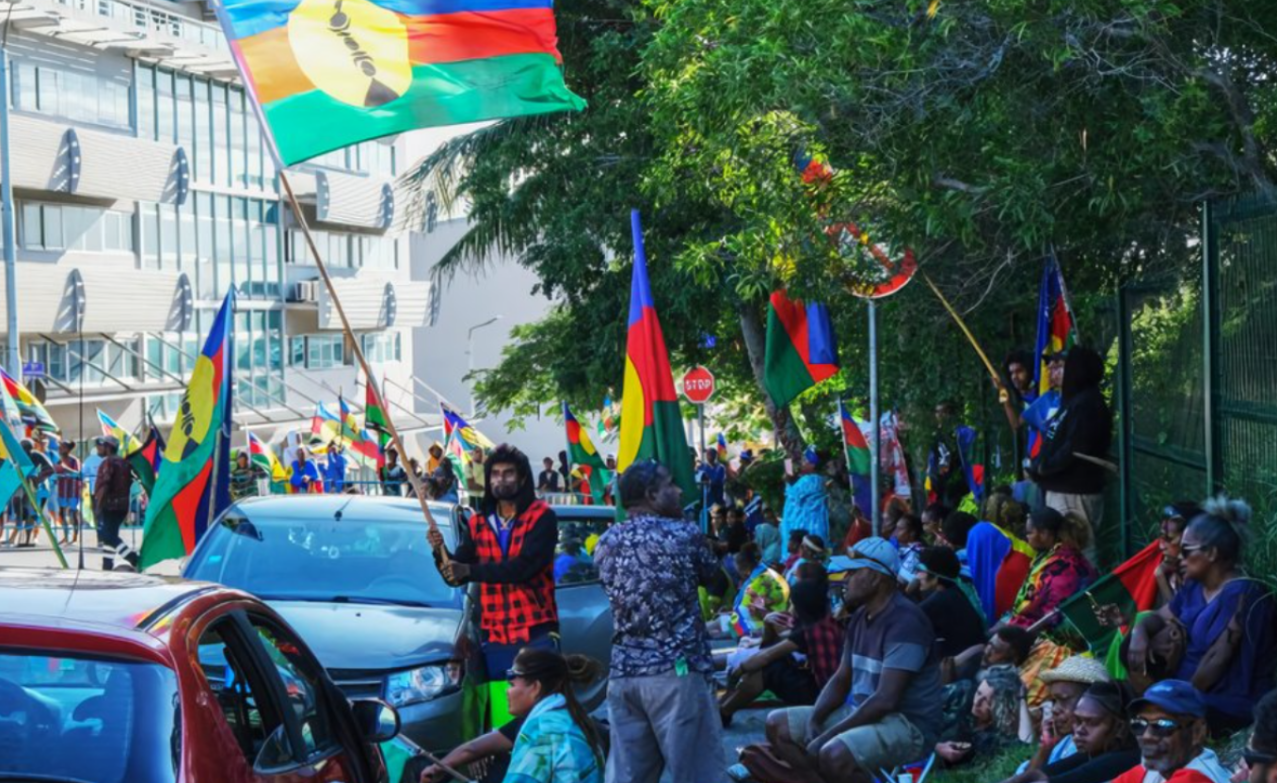The turnout of Muslim worshippers at the Monastery of Chora for the Friday midday prayer, the most significant in the Islamic faith, was significant marking the first prayer after the monument’s conversion into a mosque.
The conversion of the splendid Byzantine church of Constantinople into a Muslim mosque was inaugurated by Recep Tayyip Erdoğan last Monday in a special ceremony directly connected from the presidential palace via videoconference. The limited space inside the cathedral accommodates only a few worshippers, leading many who came for prayer to occupy the exterior space around the monument. The interior space had already filled up half an hour before the prayer.

Greece voted in favor of Palestine’s participation in the United Nations
The Monastery of Chora has been included in the list of UNESCO World Heritage Sites. It hosts some of the most elaborate Byzantine mosaics preserved in Constantinople, alongside the Hagia Sophia and the Monastery of the Pantocrator, which also operates as a mosque.

The mosque operates in the Hagia Sophia model. The mosaics on the walls in the prayer area were covered, while an area for tourist visits with a guide was designated. The Church of Saint Saviour in Chora, the main building of the former monastery dates back to the 6th century AD, while its unique mosaics and frescoes were created in the 14th century, from 1305 to 1320, during the Palaiologos dynasty.
The Monastery of Chora was converted into a mosque in 1511, 58 years after the Fall of Constantinople, and by decision of the Turkish Council of Ministers in 1945, it became a museum. After this decision specialists from the United States carried out a tremendous restoration and preservation project for the mosaics and frescoes removing the plaster which covered them. The work began in 1948 and was completed ten years later, in 1958. In 2019, the Council of State (Danistay) of Turkey overturned the decision of 1945, and a year later, President Recep Tayyip Erdogan announced that the monument would once again operate as a mosque.





































